Many of our tea lovers have once privately asked us one question: where are the main producing regions of a certain tea category? Here, with a dynamic graph, you will completely understand the distribution of the producing regions of the six major tea categories in China.
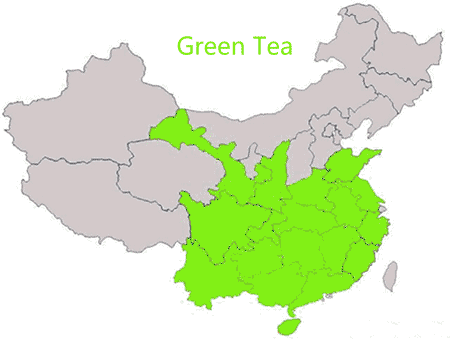
Main producing regions of Green Tea:
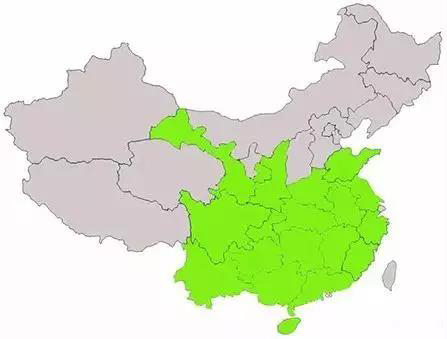
Green tea, the only non-oxidized tea among the six major tea categories, is the earliest tea in Chinese history. Almost all tea producing regions produce green tea. About 60% of the tea produced in China is green tea, from north, such as Shandong, Shaanxi and Gansu, to south, such as Hainan, the rest including Zhejiang, Jiangsu, Anhui, Henan, Hunan, Hubei, Jiangxi, Fujian, Sichuan, Chongqing, Guangdong, Guangxi, Yunnan, Guizhou, almost covering all the provinces in the south.
In the selection of "Ten Famous Teas" in 1959, green tea took six of the top ten places, namely, West Lake Longjing (Lung Ching/Dragon Well) Tea, Biluochun(Bi Lu Chun/Pi Lo Chun), Huangshan Maofeng, Lushan Cloud-fog Tea (Lu Shan Yun Wu), Xinyang Maojian Tea and Lu An/Lu'an Gua Pian (Lu An/Lu'an Melon Seed Tea). How amazing!
Main producing regions of White Tea:
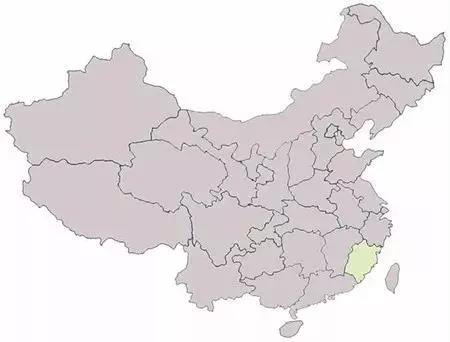
White tea, belonging to slightly-fermented tea, is mainly produced in Fuding in eastern Fujian and Zhenghe in northern Fujian. It is made from the fresh leaves of tea trees of tea varieties such as Fuding Dabaicha, Fuding Dahaocha and Zhenghe Dabaicha. Over the years, white tea has been much more famous abroad than at home. It began to be sold overseas as early as the end of the Qing Dynasty and was extremely popular in Europe, America, Southeast Asia and other places. In recent years, white tea has just become popular among Chinese tea lovers.
Main producing regions of Yellow Tea:
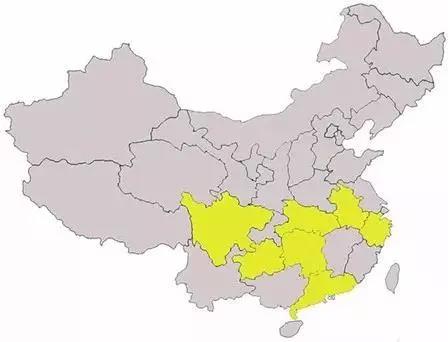
Yellow tea, slightly-fermented tea, is divided into three kinds, namely Huangyacha, Huangxiaocha and Huangdacha according to the tenderness of the picked fresh leaves, the main representatives including Junshan Silver Needle (Junshan Yinzhen) Tea in Yueyang, Hunan, Meng Ding Huang Ya (Mengding Yellow Buds/Mengding Mountain Huang Ya/Snow Buds) in Sichuan, Mo Gan Huang Ya (Mo Gan Yellow Buds) in Zhejiang, Huoshan Huangya (Huoshan Yellow Buds) in Anhui, etc.
Although the production of yellow tea is not large, it covers a lot of areas, including Hunan, Sichuan, Zhejiang, Anhui, Guangdong (e.g., Da Ye Qing), Hubei (e.g., Yuanan Luyuan Yellow Tea), Guizhou (e.g., Haima Gonh Cha), etc.
Main producing regions of Blue Tea:
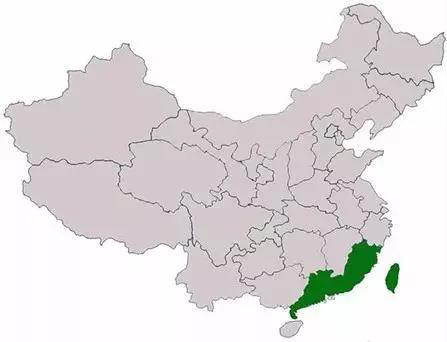
Blue tea, also known as oolong tea, with both the fragrance of green tea and the mellowness of black tea, is semi-fermented tea, and is mainly produced in Fujian, Guangdong, Taiwan and other places in China. Oolong tea evolved from the Song Dynasty tribute tea dragon ball and phoenix cake, and was created around 1725 ( during the Yong Zheng period in the Qing Dynasty).
Main producing regions of Black Tea:
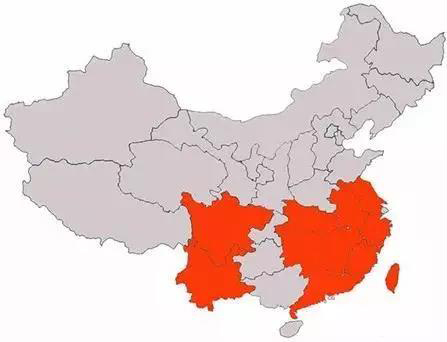
Black tea, first made in the early 17th century, originated in the present Tong Mu Guan Village, Wuyishan City, Fujian Province. The earliest black tea is souchong black tea, which is not only the ancestor of Chinese black tea, but also the ancestor of world black tea.
Nowadays, in addition to the souchong black tea in Wuyishan, the most famous black tea in China includes Keemun Gong Fu(Qi Hong Gong Fu/Qimen Hong Gong Fu/Keemun Black Tea) in Anhui and Dianhong Gongfu (Yunnan Black Tea) in Yunnan. Furthermore, there are also MinHong Gongfu in Fujian, Ninghong Gongfu Black Tea in Jiangxi, Yihong Gongfu in Hubei, Huhong Gongfu (Xianghong Gongfu) in Hunan, Chuanhong Gongfu in Sichuan, Yuehong Gongfu in Zhejiang, Yixing Black Tea in Jiangsu, Yingde Black Tea in Guangdong, etc.
Main producing regions of Dark Tea:
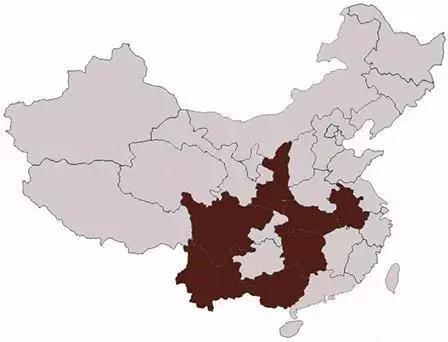
Dark tea, post-fermented tea, is mainly produced in Yunnan, Sichuan, Hunan, Hubei, Guangxi, Shaanxi, Anhui (e.g., Ancient Yi Dark Tea) and other places, and is mainly sold to Tibet, Xinjiang, Inner Mongolia and other places in the part, known as "border-selling tea". In order to facilitate transportation, dark tea is mostly pressed into tight compressed tea, such as brick tea, Tuo Cha/tea and cake tea.
The most famous dark tea is Pu-erh tea. In addition, in recent years, Anhua Dark Tea in Hunan and Liupu tea (Liu Pao tea) in Guangxi are also on the rise and are gradually popular among tea lovers.


